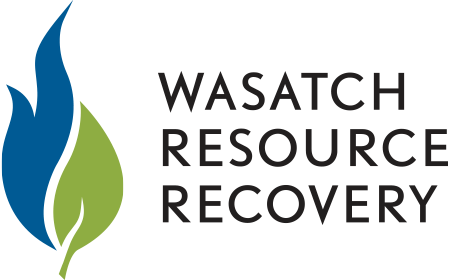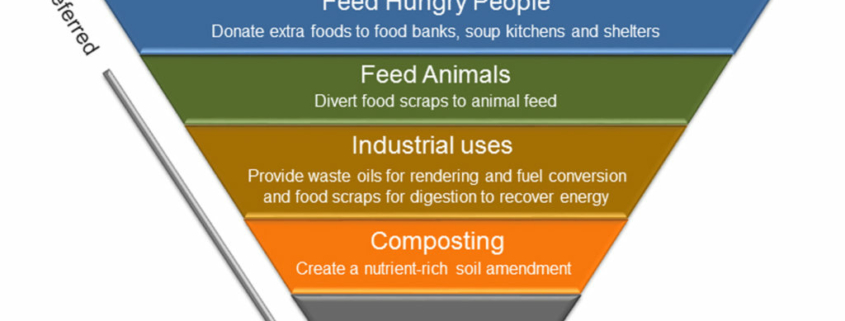Food Recovery Hierarchy
In 2015, The United States Environmental Protection Agency (EPA) made a goal to reduce food waste by 50% by the year 2030. This goal was recently reaffirmed by the current administration. Currently, 40% of the food supply is estimated to be wasted. The EPA Food Recovery Hierarchy, an inverted pyramid, sets priorities on how best to reach the goal and save natural resources.
The pyramid’s highest priority is to reducing waste at the source of production. This can happen on an individual, business, or industrial level by means of harvesting, storing and preparing food properly, creative solutions to excess foods, meal planning, and adjusting habits and portion sizes.
1 in 7 U.S. Households (and 1 in 6 Utah Households) have difficulty providing for their food needs. Rescuing food that would be wasted for those who need it could greatly diminish those numbers. Edible foods can be donated through a variety of programs and organizations, such as food pantries and shelters. The Good Samaritan Food Donation Act protects food donors from liability and there can even be tax incentives for donating unsaleable food. The Utah Food Bank is a great local resource to rescue edible food waste.
Nearly 36% of the world’s crops go to feed the animals that, often feed us. To reduce food waste and reduce the percentage of crops (not to mention land-use, water, and transportation) that go to animal feed, the EPA suggests using wasted food for livestock, pet, or even zoo animal feed.
If the food cannot be consumed by humans or animals, the EPA encourages diverting food waste to industrial uses. This is the piece of the puzzle that Wasatch Resource Recovery will fill. Unusable and spoiled food waste can be collected to produce renewable biogas and high-quality fertilizer. Creating a multitude of benefits for the water, soil, and air.
If anaerobic digesters are not available, the next best step is to compost wasted food, thereby return nutrients back to the soil for the next generation of crops. This can be done at home with a simple vermiculture set up, or through services provided by Salt Lake City or Momentum Recycling.
Although the causes of food waste are far reaching, the solutions are broad, and we can each have an impact and be part of the solution.


